
Dhow-Journey
“From the archive of the Melville J. Herskovits Library of....

Dhow-Journey
“From the archive of the Melville J. Herskovits Library of....

Dhow-Journey
“From the archive of the Melville J. Herskovits Library of....
Yatra is a Sanskrit word meaning journey. Originally it referred to a religious pilgrimage undertaken by a whole family or group of people. A Yatra can also mean a procession, where devotees draw huge chariots carrying a symbol of a specific Hindu deity. In this exhibition, The Yatra is used to describe the journey of generations of Gujaratis from their homeland in India, to Africa and on to Britain.
For at least 2,000 years, sailors have used wooden sailing ships, called dhows, to trade along the coasts of Africa, Arabia, and India. As well as the exchange of goods, this led to the movement of people and the sharing of cultures and traditions.
From1608, the British East India Company established a trading base in the port of Surat, which led eventually to British rule over most of India. An early link between Croydon and Gujarat was formed when the company opened a training college for officer cadets at Addiscombe Place in 1809.
From 1800 onwards, the expansion of the British Empire in Africa created a need for labourers from India to build railways, in order to exploit the resources of the continent. Some Gujaratis, facing famine and poverty in their homeland, saw this as an opportunity to start a better life running a small business in Africa.
These Gujarati shopkeepers were known as Dukawallah in the east and South Africa. By the early 1900’s, they formed an important economic network based in the bazaar area of towns and isolated grocery and hardware stores along the railway lines and roads. These stores served both the Indian and local black populations. Although Gujaratis were not the only immigrants from India, their economic importance, meant that the Gujarati language was often used between people of Indian origin.

Madhvani Sugar factory in Uganda
Photo courtesy Ghanshyam Patel
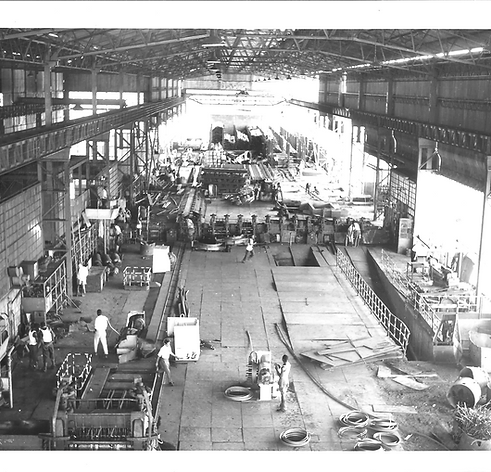
Inside sugar factory in Uganda
Photo courtesy Ghanshyam Patel
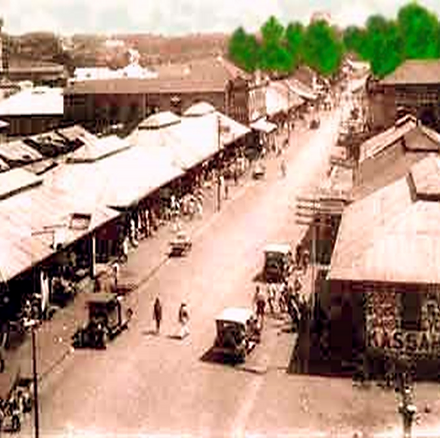
Nairobi indian bazaar 1930s
Photo courtesy Kersi Rustomji

Gujarati carved door in East Africa
Photo courtesy Judy Aldrick.
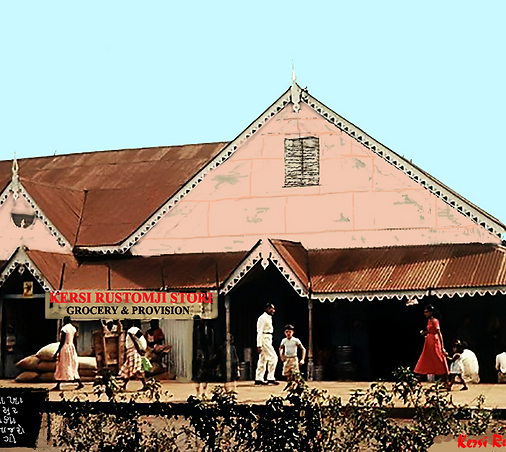
East African duka 1950s
Photo courtesy Kersi Rustomji.

Madhvani Sugar factory in Uganda
Photo courtesy Ghanshyam Patel

Inside sugar factory in Uganda
Photo courtesy Ghanshyam Patel
Following Indian independence in 1947, most of the former British colonies in Africa achieved independence during the 1960s. Many Indian people living in African nations at that time had been born and brought up there and held British citizenship prior to independence. However, these newly independent countries often forced their Indian populations to leave the country, with thousands choosing to move to Britain.
Gujaratis arriving in the UK in the 1960s experienced widespread racism despite being British citizens. With the need to earn a living in their new country, many Gujarati families carried on the Dukawallah business, by opening a small grocery and shops to serve the local community. As most shops in Britain at this time were closed at the weekend and evenings, these 24/7 corner-shops became a new and important feature of large towns and cities.
The state of Gujarat lies along the west coast of India, with the Arabian Sea to the west. Partly because of this, Gujarat, along with the port of Mumbai to the south, developed trade links all over the world.
The communities of Gujarat are diverse and defined by their religion, the traditional caste system, employment and cultural traditions.
Gujaratis are followers of Hinduism, sects related to either the Sunni or Shia Islamic belief, Jainism, Zoroastrianism, and Christianity. Under the influence of Arabic traders and Persian traveling preachers, many Gujaratis converted from early Hinduism to Islam. It was these people who became the first Gujaratis to settle in Africa. They were later followed by Hindus and Jains, who were originally farmers in Gujarat and, after settling in Africa, became traders or shopkeepers.
Today, over 60 million people live in Gujarat in India and a large number of Gujaratis have emigrated to countries all over the world.

Gujarati carved door in East Africa
Photo courtesy Judy Aldrick.
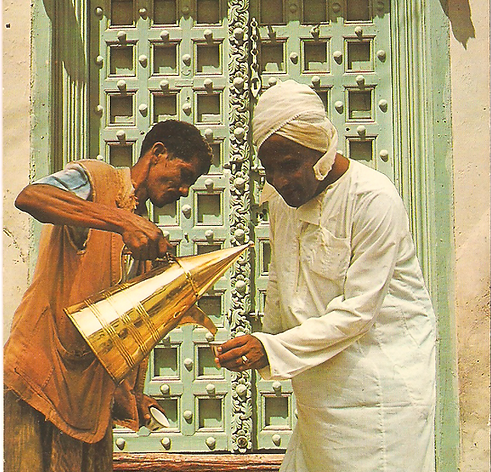
Gujarati carved door
Photo courtesy Judy Aldrick
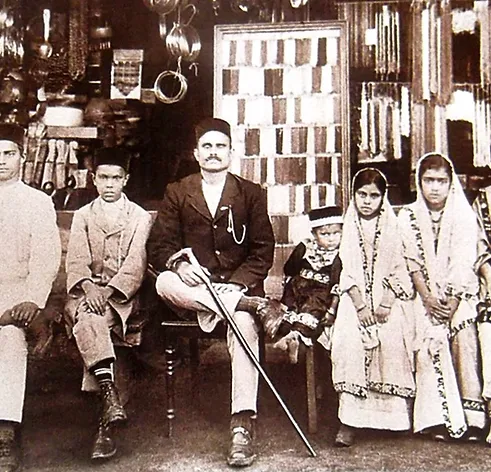
Maparaindianfamily shopkeeper1
Photo courtesy Kersi Rustomji

Dukawallah in Uganda

Gujarati carved door in East Africa
Photo courtesy Judy Aldrick

Inside sugar factory in Uganda
Photo courtesy Ghanshyam Patel

Madhvani Sugar factory in Uganda
Photo courtesy Ghanshyam Patel
Today, the Gujarati diaspora play a significant role in the economic and cultural life of Britain. Many Gujaratis have settled in and around Croydon and have assimilated into their local communities.
For the twice-displaced Gujarati people, this successful integration marks the end of their Yatra.